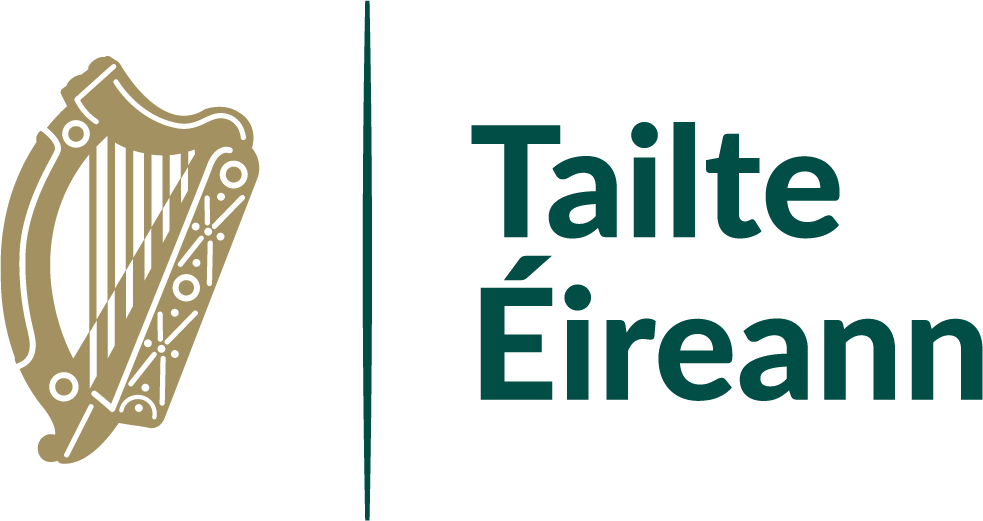Prescriptive Easements Checklist
Documents Required – Form 17, Form 68, Map and fees.
- Completed Form 17.
- Exact Fees– currently €130.
- A Form 68 affidavit correctly sworn and dated.
- An original Land Registry Compliant map showing the easement being claimed.
Document Required – Form 68 affidavit.
- The dominant property must be registered. Where the dominant property is unregistered, an application in the appropriate form must be lodged prior to or at the same time as the easement by prescription application.
- The application must be made by the person in possession of the dominant property. The date of registration of the prescriptive right is the date of settling (see Rule 51 of the Land Registration Rules 2012). The owner at that date is the appropriate party to swear the Affidavit.
- The origin and user of the right claimed in the First Schedule must be established in the body of the Affidavit. The applicant must set out the facts relied upon to show how the right has been established. It must be shown that the right being claimed has been used continuously by the applicant and their predecessors in the manner described in the First Schedule for the requisite user period of 20 years (12 years from 1st December 2021).
- The required averments below must be confirmed in the Affidavit lodged (see paragraph 2, Form 68):
- There was, at all material times, a capable Grantor and Grantee.
- The right was capable of forming the subject matter of a Grant.
- The right claimed was acquired by prescription.
- The right claimed was not a public right of way, customary right, franchise or licence.
- The right claimed was not acquired by express grant or reservation nor is it an easement of necessity.
- The exercise of the right has been without force, without secrecy and without permission.
- The grant of the right would not have been illegal.
- The onus is on the applicant to provide up to date names and postal addresses for the owners of the servient property so that notice of the application may be served on them. If the registered owner is deceased, these details should be provided along with details of the personal representative, next of kin, executor/administrator or solicitor acting in the administration of their estate. Where the lands are occupied by another party, details of the current occupier must also be provided.
- Where the servient property is unregistered land, the identity of the servient owner is to be shown to the satisfaction of the Authority. The applicants should set out the basis for their knowledge of the servient owner, i.e., Valuation Office Searches, Registry of Deeds Searches, personal knowledge or other means. If the owner is unknown, it must be shown that all the relevant searches (valuation office, registry of deeds) have been carried out and what personal knowledge of the property is known. If the owner of the servient property cannot be established, a newspaper and site notice is required as a means of serving notice of the application. Our office will issue guidelines regarding the newspaper and site notice but only when all documents are in order and the application reaches the notice stage.
Please note: that an applicant can apply under the old law on prescription directly to the Authority under Section 49A of the Registration of Title Act, 1964 until 30th November 2021 for uncontested claims, where the required user period can be shown under one of the three established methods to ground a claim i.e. Common Law, Doctrine of Lost Modern Grant and the Prescription Acts 1832 – 1858.
Applications pursuant to Section 35 of the Land and Conveyancing Law Reform Act 2009 (as amended by the Civil Law (Miscellaneous Provisions) Act, 2011), can be lodged from 1st December 2021. The “relevant user period” provided for in Section 33 of the 2009 Act is 12 years where the servient owner is not a State authority, 30 years where the servient owner is a State authority, or 60 years where the servient land is foreshore.

